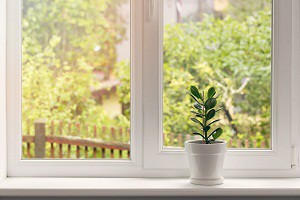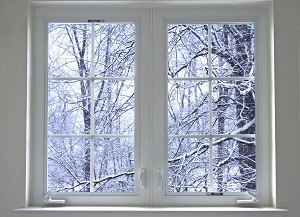 Installing residential window tinting in Santa Monica, CA, is a great way to protect your home from many dangers. But, there are quite a few different types of window films that people are unaware of that can be beneficial for their home. If you’re thinking of installing residential window films in Santa Monica, CA, you should know about the different options available to ensure you get the best option. Here’s what you need to know.
Installing residential window tinting in Santa Monica, CA, is a great way to protect your home from many dangers. But, there are quite a few different types of window films that people are unaware of that can be beneficial for their home. If you’re thinking of installing residential window films in Santa Monica, CA, you should know about the different options available to ensure you get the best option. Here’s what you need to know.
Window Film Basics
Before you learn about the different types of window film, it’s helpful to know what window films are made of and how they work. Window films are a thin film made of polyester layers. These layers combined are only a few millimeters thick. The film is placed on the inside of the window using a special adhesive. The films are manufactured differently, depending on the main purpose of the residential window tinting.
Type 1: Solar Control Film
Solar control film is also called Low-E film. As the name implies, the purpose of solar control film is to block out harmful UV rays. This protects the furnishings and decor in the home by blocking out rays that eventually fade your belongings. Solar film also increases the energy efficiency of your home. Solar films allow sunlight to enter your home so that you can still enjoy natural light, but the heat and harmful rays are blocked so that there’s less heat conduction through the windows. This is beneficial in both the summer and winter months.
 Type 2: Security Film
Type 2: Security Film
Security films are usually tinted to discourage possible intruders from stealing your belongings. Not only is it harder for intruders to see what’s inside your home, but the window film actually makes it more difficult for them to smash through the glass. Normal glass shatters on impact, but windows with security film won’t shatter. The film doesn’t prevent the glass from breaking, but it does hold together and make it more difficult for intruders to enter through the broken window. Security film is also beneficial in the event of an accident since the glass remains attached to the film rather than exploding outward and injuring bystanders.
Type 3: Storm Security Film
Storm security film is similar to regular security film. It holds together even when broken by flying objects in a storm and prevents injuries that commonly occur during violent storms.
Type 4: Decorative Film
Decorative films are the thinnest of all the types and are used to increase the aesthetic appeal of a building using designs or textures. Frosted films allow light to penetrate the home while increasing privacy.
Type 5: Anti-Graffiti Film
Anti-graffiti window films are applied to the outside of windows to resist paint and pen graffiti. Any etching is in the film alone rather than the glass, so the windows themselves are protected and the paint or pen is easily scrubbed off.
